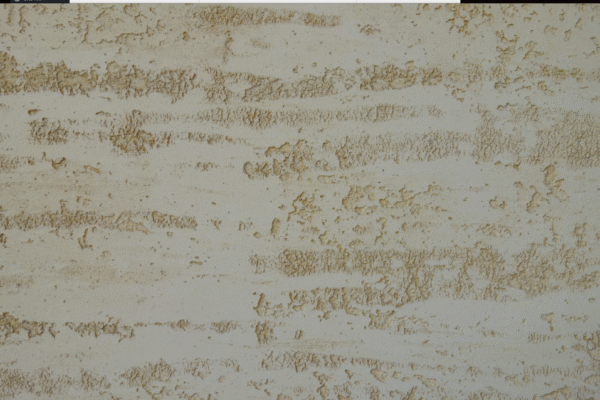
What is a Colorist?
“What is a Colorist?” from icolorist on Vimeo.
Color grading is the magical artistic process of either electronically, photo-chemically or digitally changing and enhancing the color in a motion picture film, video image, or still image. The photo-chemical process is also called color timing where chemistry adjustments and temperatures are manipulated for differing color effects. Typically these manipulations are performed at a professional photographic laboratory, in the film development chemistry and not with a computer. Modern color corrections, whether for theatrical film, video distribution, or print, is generally done digitally in a software based color correction suite, such as DaVinci Resolve, or color correction capable still photo processing applications like Photoshop, Lightroom, and Aperture.
So what is a colorist? The person in control of making all of this color magic happen is called a Colorist.
Some of the many functions a colorist performs are:
- Reproducing accurately the scene as shot by the camera
- Compensation for variations in the material (i.e. film errors, wrong white balance, varying lighting conditions, correction of dark or overexposed frames)
- Optimizing the transfer for use of special effects
- Establish a desired ‘look’ to the feature
- Enhance and/or alter the mood of the different scenes, sort of the visual equivalent to the musical accompaniment of a film.
Some of these functions can be contrary to some others. As example, my color grading is often done to ensure that the recorded colors match those of the original set design as constructed, correcting for lighting or other color errors introduced by the camera. In another example, let’s take music videos. My goal there is often to establish a stylized client desired look instead of matching the actual recorded colors.
Traditional film color grading was done in process of moving towards specific technical goals. For example, many low budget films employ digital grading so that night scenes can be filmed more cheaply in daylight. Features like secondary color correction were originally used to establish color continuity and to maintain color consistency. The trend today is increasingly moving towards creative goals taking precedence. Improving the aesthetics of an image, establishing stylized looks, and setting the mood of a scene using color are all valid techniques in wide use today and growing in demand.
Please Rate This Story! [ratings]







